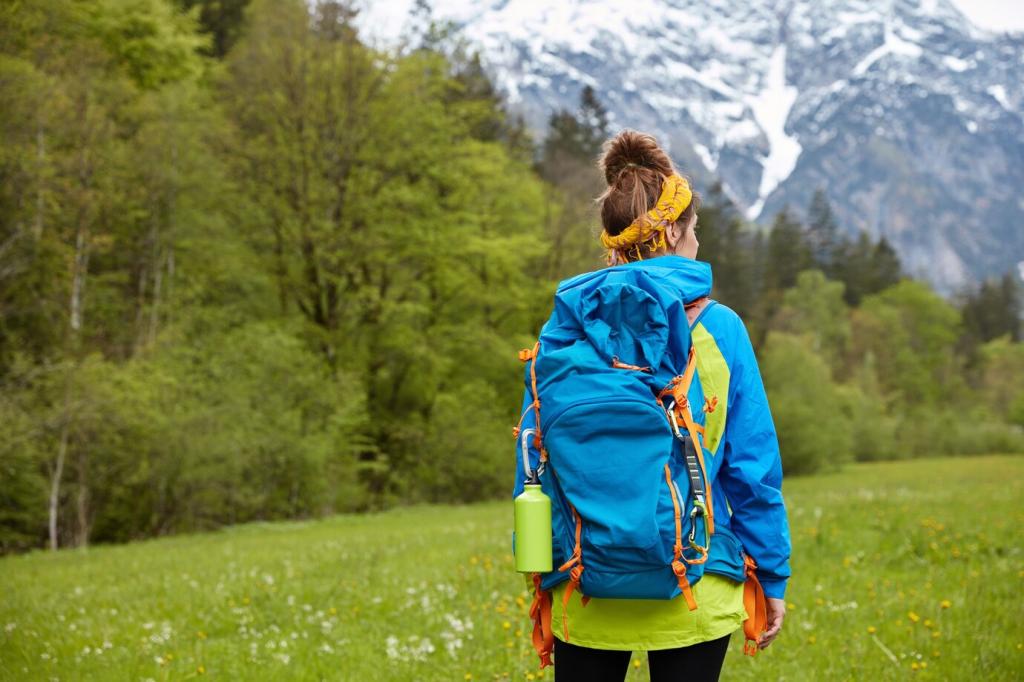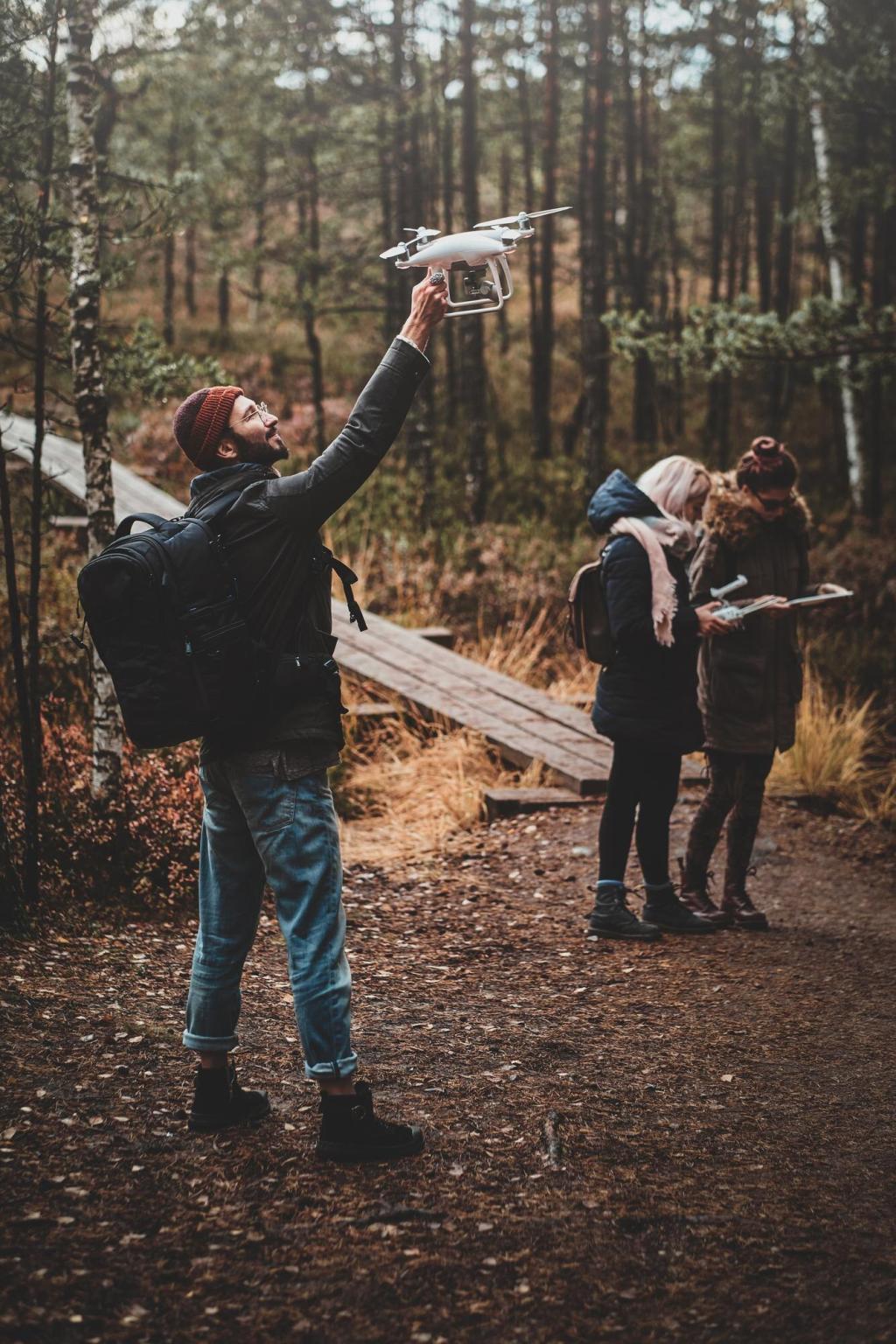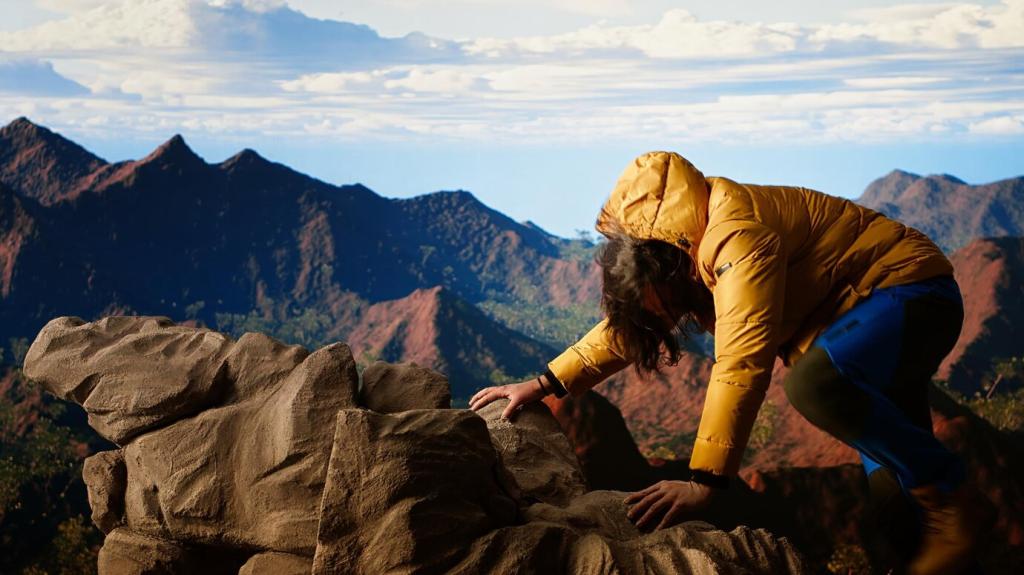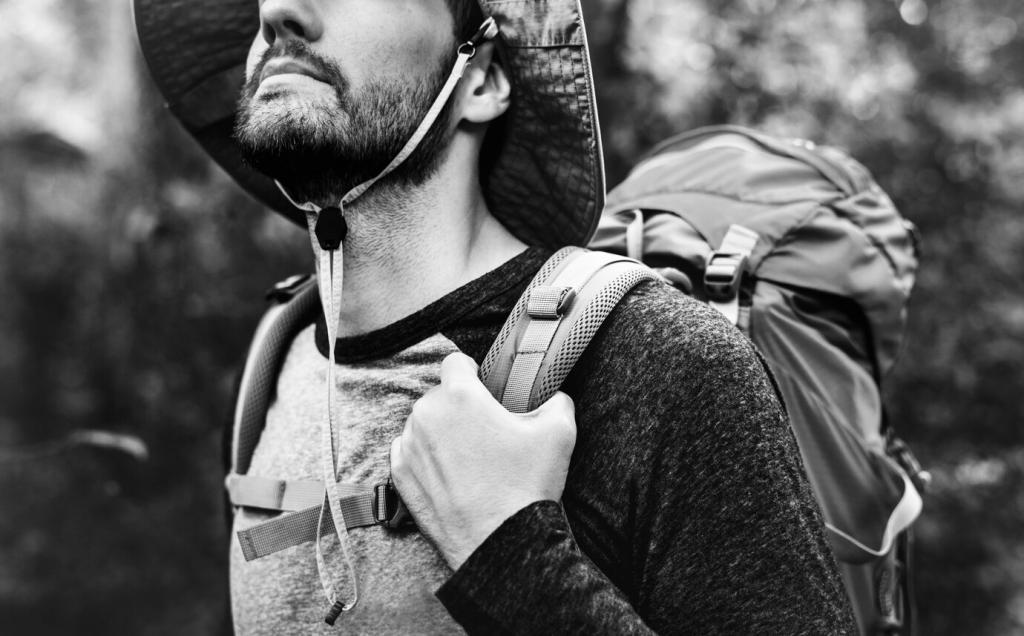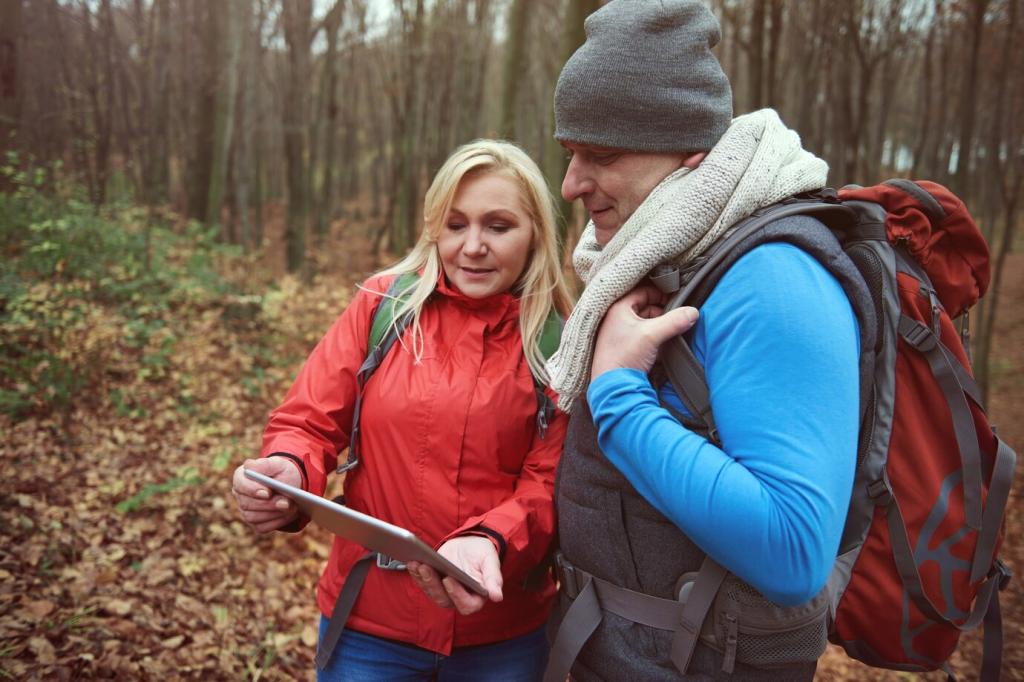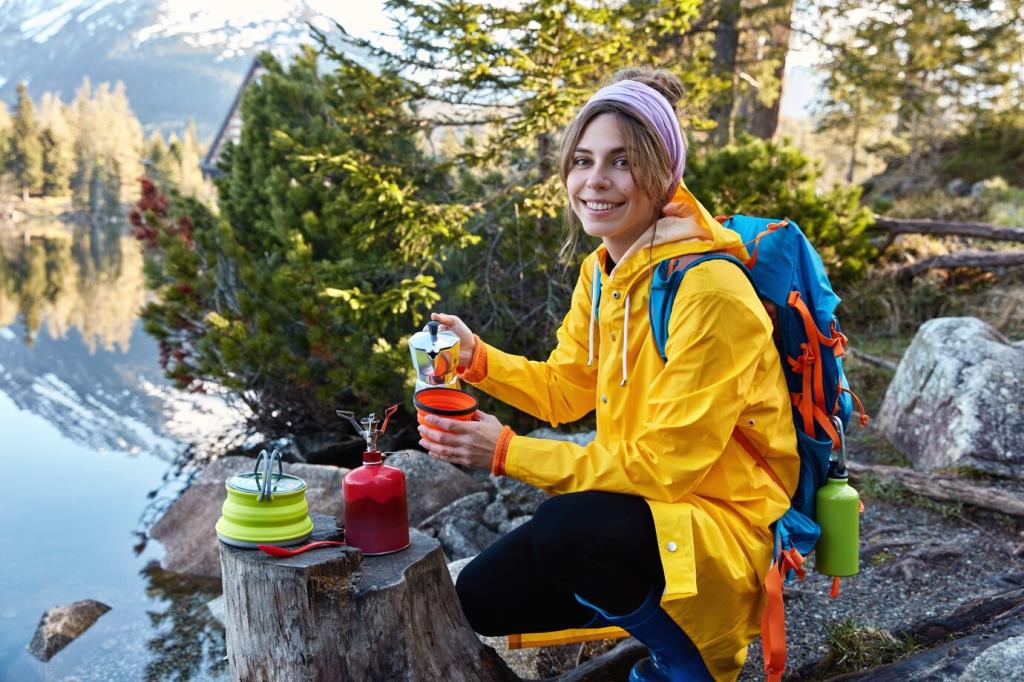Mindful Practices for Dual-Season Hikers
In winter, notice the hush of snow, the bite of air on cheeks, the muted palette that steadies nerves. In summer, savor resinous pine, warm breezes, layered birdsong. Comparing sensations anchors presence and reveals season-specific comforts. Share your favorite sensory anchor in the comments.
Mindful Practices for Dual-Season Hikers
Match four steps inhale, four steps exhale on easy terrain; adjust to three-five on climbs. In winter, shorten strides on slick sections to stay mindful. This moving meditation reduces chatter and supports flow. What cadence helps you stay steady through hills or crunchy snow?

